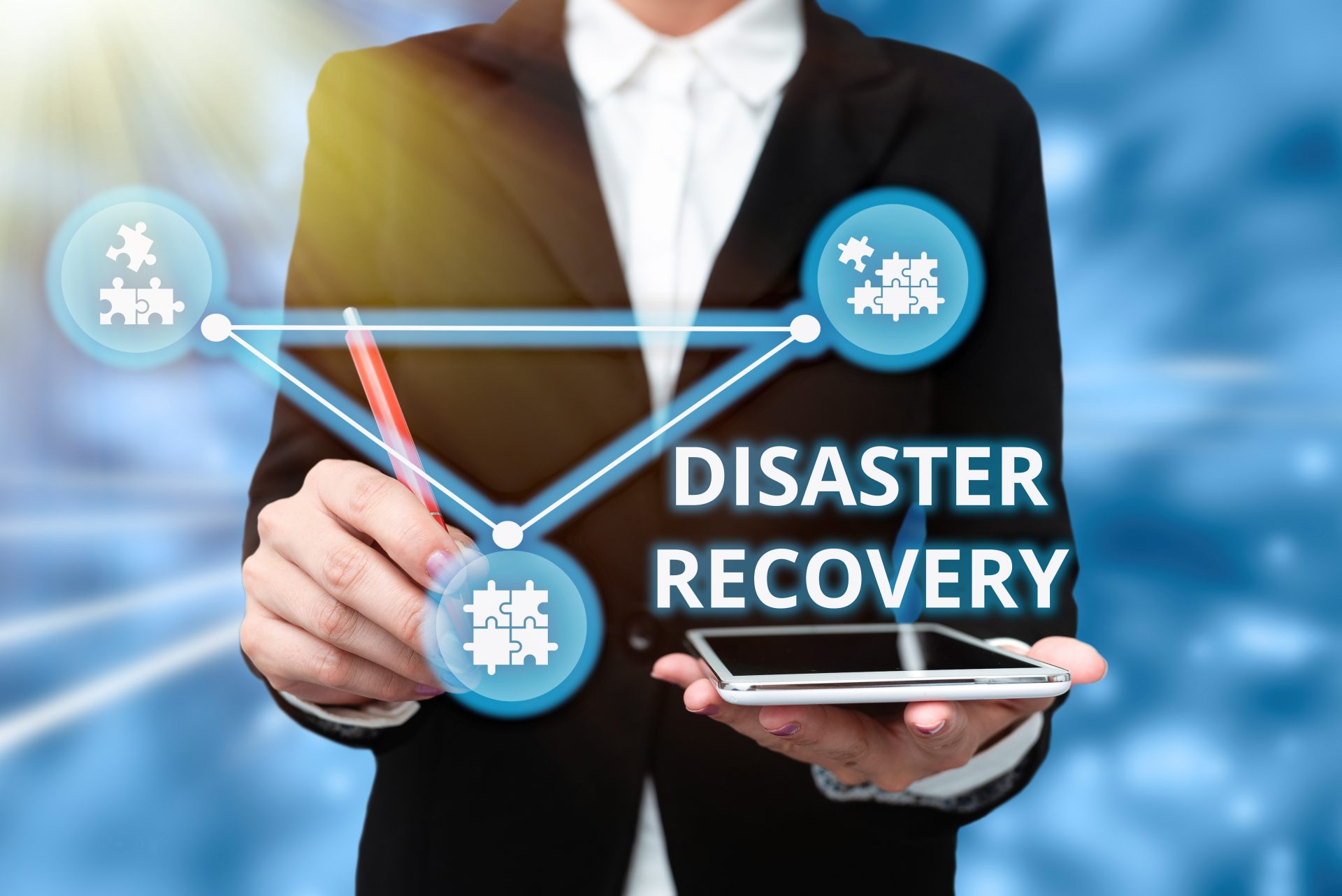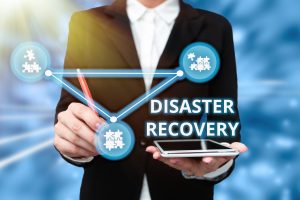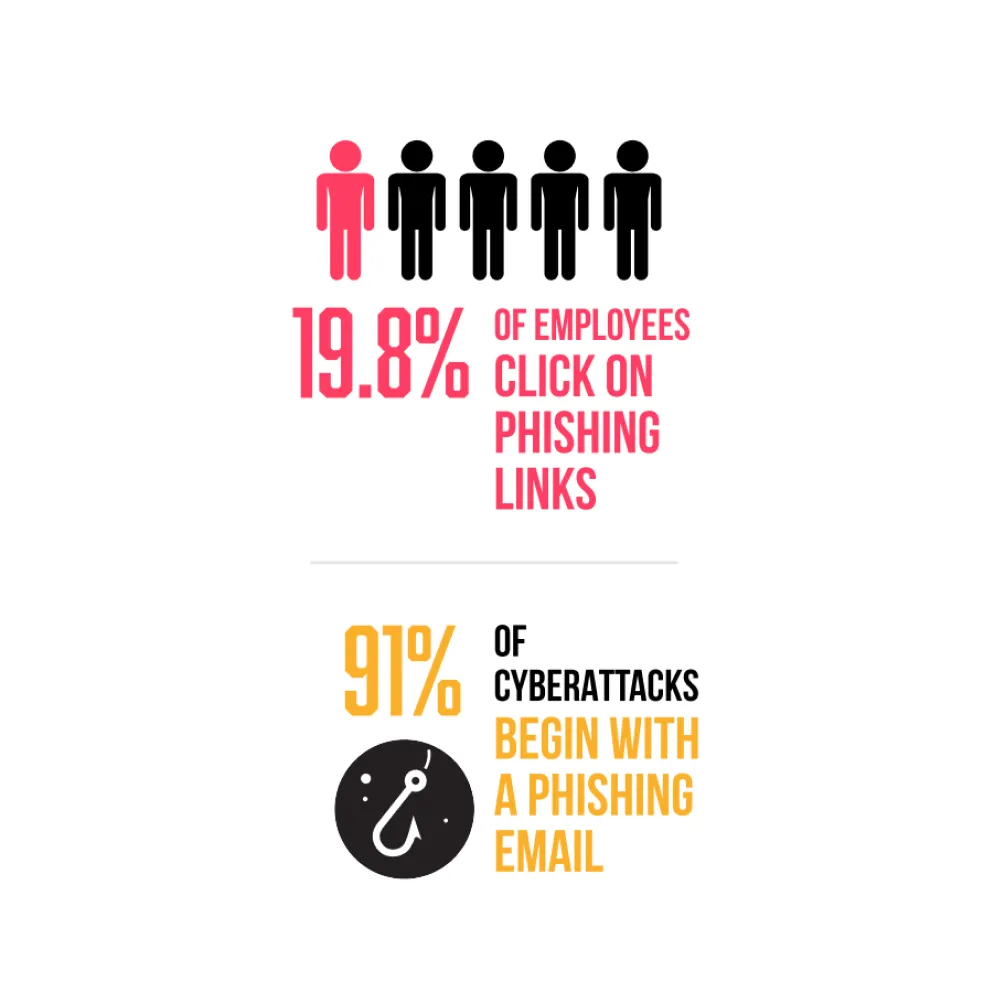For a business to withstand a disaster, it is imperative to have comprehensive plans and processes beforehand. This strategic approach is essential to guarantee the ability to maintain operations and swiftly recover following a disruption. Consequently, prioritizing the development of business continuity and disaster recovery plans is paramount for every organization.
At first glance, these two terms may appear interchangeable or redundant; however, business leaders must grasp the significant distinctions between business continuity and disaster recovery plans.
Understanding these two distinct types of plans and their implementation can effectively equip business leaders to tackle the challenges posed by disruptive events, including natural disasters, cyberattacks, power outages, pandemics, labor disputes, and equipment failures. Engage with our IT Support Provider in Monroe to choose the right plan for your organization.
This article will discuss the key difference between disaster recovery and business continuity plan.
What is Business Continuity?
Business continuity refers to the processes and procedures that a company implements to ensure that essential functions can continue during and after a disaster or other disruptive event. It involves identifying potential risks, developing strategies to mitigate those risks, and creating plans to ensure the organization can continue operating with minimal disruption.
Business continuity planning is crucial for safeguarding the interests of employees, customers, stakeholders, and the company’s overall reputation. A robust business continuity plan can help organizations minimize downtime, maintain productivity levels, and enhance their resilience in the face of unexpected challenges.
What is Disaster Recovery?
Disaster recovery refers to restoring and recovering data, systems, and infrastructure following a disruptive event such as a natural disaster, cyberattack, or equipment failure. The goal of disaster recovery is to minimize downtime, mitigate the impact of the disaster on business operations, and ensure the continuity of critical functions.
A well-designed disaster recovery plan typically includes strategies for data backup, system recovery, alternative work arrangements, and communication protocols. By having a comprehensive disaster recovery plan in place, organizations can enhance their resilience and readiness to respond effectively in times of crisis.
Business Continuity Vs Disaster Recovery: 5 Key Differences
Scope of Actions
One key difference between a business continuity plan and disaster recovery is the scope of actions each strategy encompasses. Business continuity planning involves a comprehensive approach to ensuring critical business functions can continue during and after a disaster. This includes methods for maintaining operations, communication plans, and protocols for restoring services.
On the other hand, disaster recovery focuses more narrowly on IT systems and data recovery aspects following a disruptive event. At the same time, business continuity addresses the broader spectrum of organizational resilience, and disaster recovery targets explicitly the restoration of technological infrastructure and data integrity.
Focus Areas
Business continuity and disaster recovery are two critical aspects of an organization’s comprehensive risk management strategy. While they both aim to ensure a business’s resilience in the face of unexpected events, there are key differences in their focus areas. Business continuity planning primarily involves developing procedures and strategies to ensure essential business functions can continue during and after a disaster.
On the other hand, disaster recovery focuses on the steps needed to resume operations after a disruptive event. The main difference lies in the scope; business continuity encompasses broader strategies for maintaining business operations, while disaster recovery is more focused on IT systems and data recovery processes. To safeguard your business against potential disruptions, visit our Managed IT Services Company in Shreveport.
Dependencies
Understanding their dependencies is crucial when distinguishing between business continuity and disaster recovery. Business continuity focuses on an organization’s overall resilience and aims to ensure that essential functions continue during and after a disruption. On the other hand, disaster recovery specifically deals with restoring IT infrastructure and data following a disruptive event.
While business continuity encompasses broader aspects such as risk management and response planning, disaster recovery drills into technical specifics like data backups and system restoration procedures. Both are integral components of a comprehensive resilience strategy, with business continuity addressing organizational survival and disaster recovery focusing on technological recuperation.
Stakeholders Involved
There is a significant difference between disaster recovery and business continuity when it comes to the stakeholders involved. Disaster recovery planning is more specialized and concentrates mainly on IT stakeholders responsible for data backup, system restoration, and technical aspects of recovering from a disaster.
On the other hand, business continuity planning typically involves a broader range of stakeholders, including top management, IT personnel, and employees from various levels of the organization. The focus is ensuring that the entire business can continue operating smoothly in the face of disruptions. While both processes are essential for maintaining operations during unforeseen events, understanding the distinct stakeholder roles is crucial for effectively implementing business continuity and disaster recovery strategies.
Testing and Maintenance
Testing and maintenance are crucial aspects that differentiate business continuity from disaster recovery. Business continuity plans ensure that essential functions can continue during and after a disaster, requiring regular testing to ensure effectiveness.
On the other hand, disaster recovery plans mainly concentrate on restoring IT infrastructure and data after a catastrophe, necessitating periodic maintenance to keep systems up to date. Regular testing of business continuity plans helps identify weaknesses and areas for improvement, while maintenance of disaster recovery systems ensures readiness in case of an actual disaster.
The Risks of Not Having Business Continuity and Disaster Recovery Plans
Downtime and Revenue Loss
Without a plan to quickly recover from disasters, businesses may experience prolonged downtime, leading to significant revenue loss.
Data Loss
Failure to backup critical data regularly and securely can result in permanent data loss during disasters, impacting operations and customer trust.
Reputation Damage
The inability to provide services or fulfill commitments due to disasters can damage a business’s reputation and brand image.
Legal and Compliance Issues
Non-compliance with regulations requiring data protection and recovery plans can lead to legal consequences and financial penalties.
Operational Disruption
Disasters can disrupt day-to-day operations, affecting employee productivity and customer service.
Conclusion
While business continuity and disaster recovery are often used interchangeably, they serve distinct purposes in ensuring an organization’s resilience. Business continuity focuses on maintaining core business functions during and after a disruption, emphasizing the importance of planning, prevention, and mitigation. On the other hand, disaster recovery primarily focuses on restoring IT infrastructure and data after a disaster, focusing on recovery strategies and technologies. By understanding these differences and implementing comprehensive plans for both aspects, businesses can enhance their ability to withstand and recover from unexpected disruptions, safeguarding their operations and reputation.



